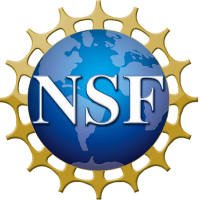RSS feed source: National Science Foundation
Synopsis
The Science and Technology Centers (STC): Integrative Partnerships program supports exceptionally innovative, complex research and education projects that require large-scale, long-term awards. STCs focus on creating new scientific paradigms, establishing entirely new scientific disciplines, and developing transformative technologies which have the potential for broad scientific or societal impact. STCs conduct world-class research through partnerships among institutions of higher education, national laboratories, industrial organizations, other public or private entities, and via international collaborations, as appropriate. They provide a means to undertake potentially groundbreaking investigations at the interfaces of disciplines and/or highly innovative approaches within disciplines. STCs may involve any area of science and engineering that NSF supports. STC investments support the NSF vision of creating and exploiting new concepts in science and engineering and providing global leadership in research and education.
Centers provide a rich environment for encouraging scientists, engineers, and educators to take risks
Click this link to continue reading the article on the source website.
